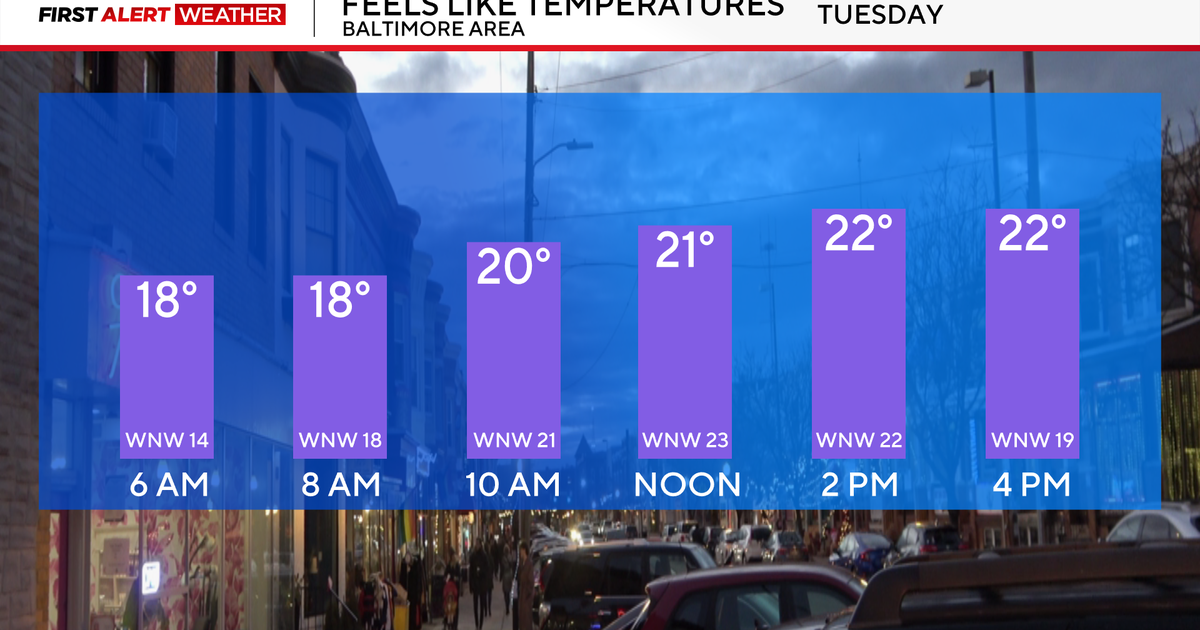Webb telescope helps solve longstanding mystery of why some planets appear so "puffy"
Astronomers believe they've solved a peculiar and well-established cosmic mystery, NASA announced this week. Mainly using observations from the James Webb Space Telescope, two groups of researchers may have discovered what causes certain planets to appear "puffy" or inflated far beyond the sizes their remarkably low densities would suggest.
It's a phenomenon that seems to boil down to the surprising internal composition of exoplanets like WASP-107b, a "warm Neptune" gas giant identified in 2017 that orbits a star about 200 light-years from Earth. Although scientists have already identified thousands of low-density exoplanets, this one was different from the "hot Jupiters" and even the uncommon "hot Neptunes" studied before.
Astronomers looked at the makeup of WASP-107b in hopes of understanding how it could be so massive while weighing so little, since they assumed based on features like its size and the distance from its star that it was cooler internally than it turned out to be.
"Based on its radius, mass, age, and assumed internal temperature, we thought WASP-107 b had a very small, rocky core surrounded by a huge mass of hydrogen and helium," said Luis Welbanks of Arizona State University, who led one of the new studies on the exoplanet, in a statement to NASA. "But it was hard to understand how such a small core could sweep up so much gas, and then stop short of growing fully into a Jupiter-mass planet."
WASP-107b is nearly the size of Jupiter, but just about one-tenth of the density. The exoplanet weighs about the same as 30 Earths, while Jupiter weighs more than 300, making WASP-107b one of the least dense known planets, NASA said. That was odd because it is less hot and less massive than other "puffy" exoplanets, like the Jupiter-like deep-space gas giant WASP-193b, which was discovered last year and also noted for its extraordinarily low density.
While there was no evidence-based explanation for the puffiness of larger, hotter exoplanets, either, scientists said that WASP-107b was particularly hard to explain, because it doesn't glean enough energy from the star it orbits for the gases composing it to inflate so much. But new data from Webb, combined with older data from the Hubble Space Telescope, revealed another cause for its expansion.
The telescope observations detected only a tiny fraction of the methane gas that astronomers expected to find in WASP-107b's atmosphere, which "tells us that the interior of the planet must be significantly hotter than we thought," said David Sing of Johns Hopkins University, who led a second new study on WASP-107b.
That supports a theory astronomers previously proposed about why WASP-107b is "puffy," suggesting that a process called tidal heating is responsible for both its warmer internal temperature and inflated size. Learning about the atmosphere of WASP-107b may also give crucial insight into dozens of other "puffy" low-density planets and what makes them expand, potentially helping to clear up what NASA called a "longstanding mystery in exoplanet science."






